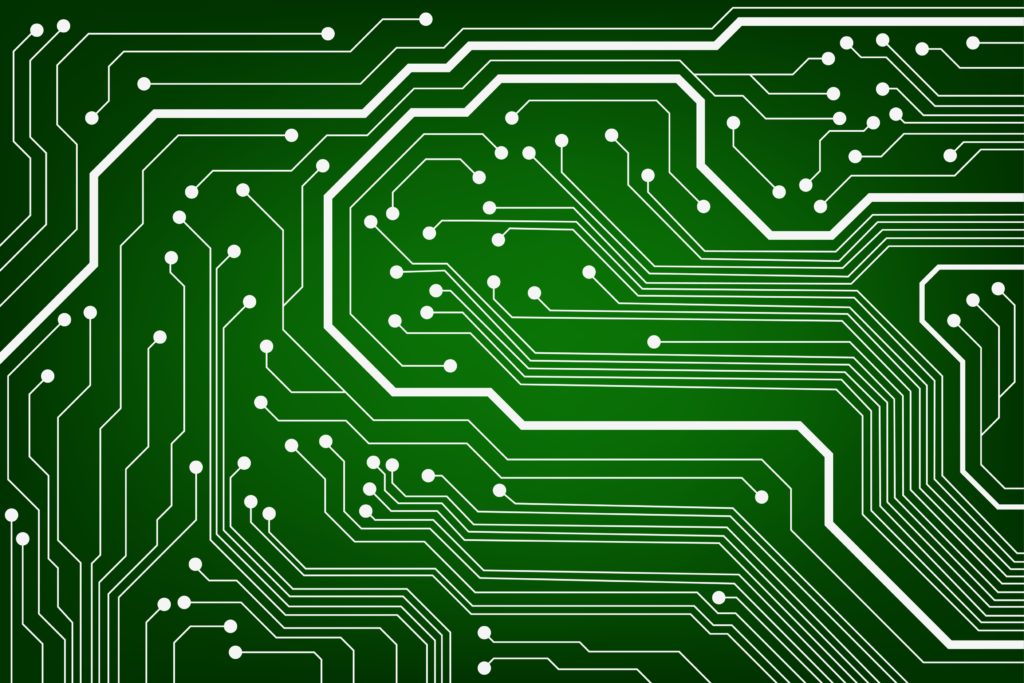What Can Reverse Engineering Teach You About Machine Maintenance?

You can trace the roots of reverse engineering, common in software development, to older industries such as manufacturing. The process involves deconstructing a finished product to determine how the parts fit together and machine functions as a whole. This in-depth approach can teach us a great deal about maintenance.
Systematic view
Reverse engineering follows a certain process.
- First, identify the machine’s components and how they correspond to one another. For power electronics, analyze each component’s electromagnetic interference, radio frequency, and control loops. Determine whether or not it contains an analog-to-digital controller, and discover any other communications or contacts between parts.
- Second, diagram the information you discover while exploring the unit and each of its components.
- Finally, create a physical version of the diagram to reassemble parts.
Practical view
 Once you have a thorough, working knowledge of its individual components and how they function together, you can better maintain your entire machine. To attain that level of understanding, think like a developer.
Once you have a thorough, working knowledge of its individual components and how they function together, you can better maintain your entire machine. To attain that level of understanding, think like a developer.
Would redesigned or remanufactured machine aspects perform better? A simple deviation from original calibration can impact performance, but you can determine whether the current machine still meets the recommended specifications.
Once you’ve segregated the electronic components, analyze them. Do they have intelligent design or chip technologies that you should update or replace? Do the electronics run off programmable information? Would designing additional programs or fine-tuning existing programming better meet your needs?
Most important, once you have your motor reverse-engineered, determine whether it really meets your needs. You could be using it for work out of scope of its abilities. When choosing the correct motor, consider five main aspects: load, horsepower, desired startup, duty cycle, and altitude. The final aspect affects temperature, potentially reducing the motor’s ability to run at full capacity.
Maintenance view
With all your working motor pieces disassembled and reassembled or at minimum considered in terms of machine function and performance, it’s easier to determine the maintenance required for each part and the machine as a whole, saving you and your company time and money. If only one or two components require maintenance on a regular basis, formulate a maintenance plan that concentrates on those components and save comprehensive motor maintenance for more periodic attention.